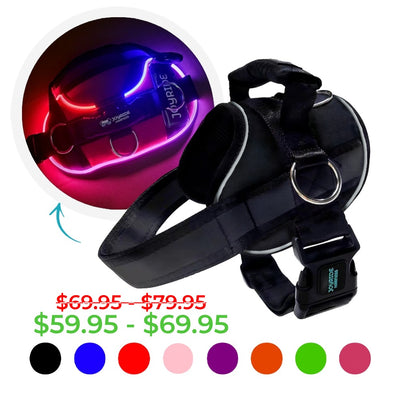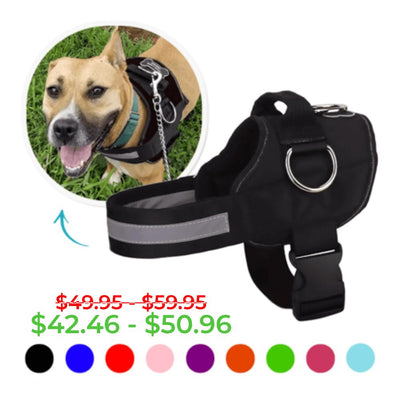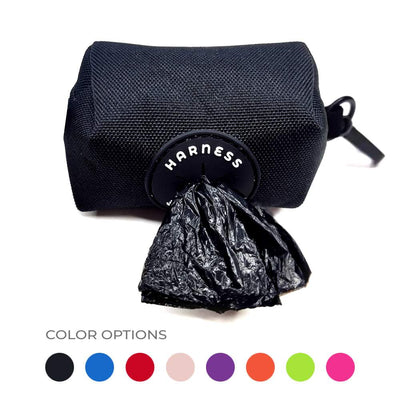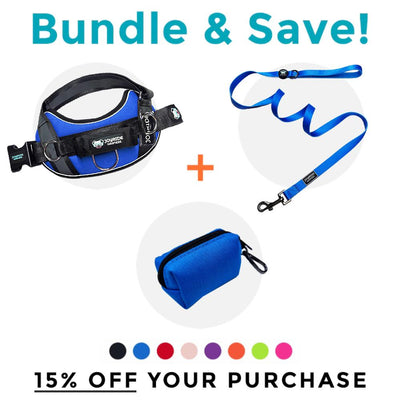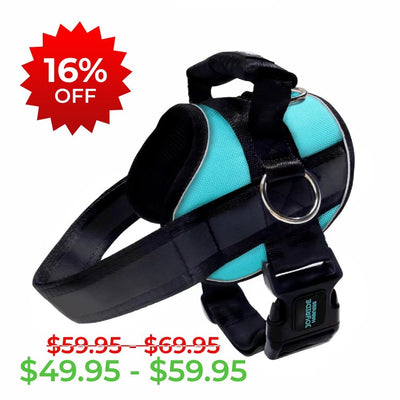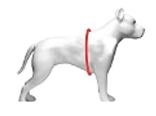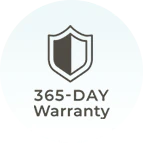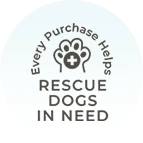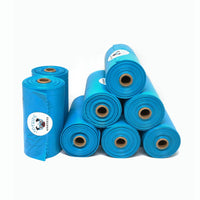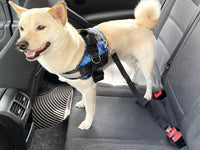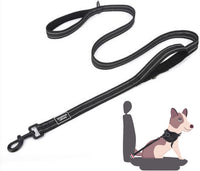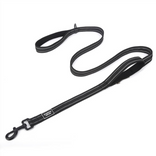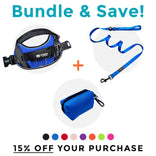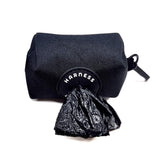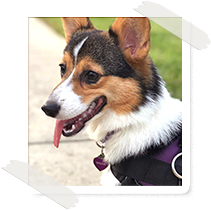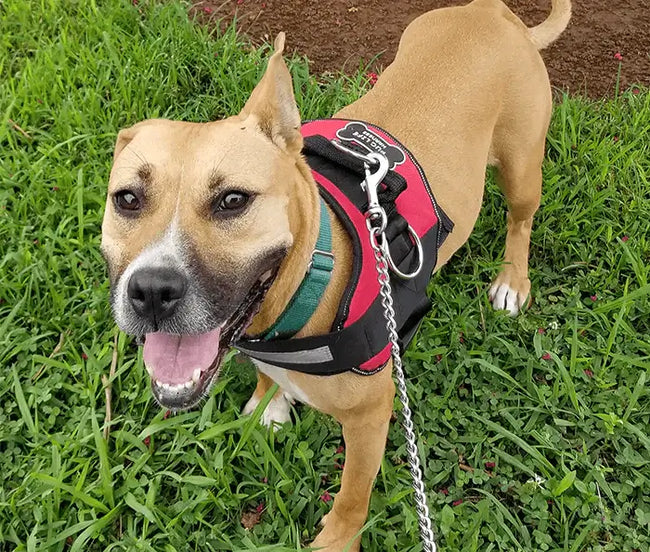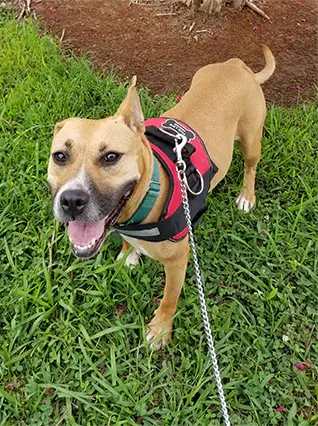How to Puppy-Proof Your House: A Comprehensive Guide
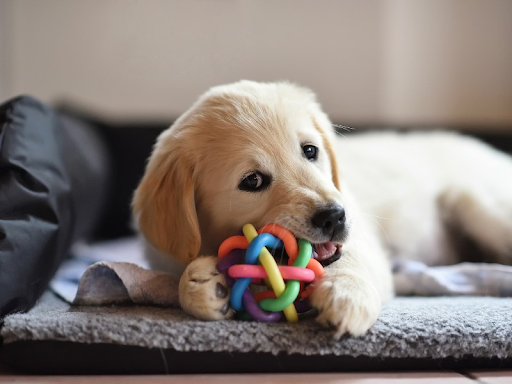
Bringing a new puppy into your home is an exhilarating experience filled with joy, laughter, and, of course, a few challenges. One of the foremost tasks on your to-do list should be figuring out how to puppy-proof your house. Just as parents baby-proof their homes to protect their toddlers, new puppy parents should take similar precautions. This guide will walk you through the essential steps to ensure your home is a safe haven for your furry friend whether you are experienced or a first-time dog owner.
Understanding Puppy Behavior
Before diving into the specifics of puppy-proofing, it's crucial to understand why it's necessary. Puppies, much like human babies, are naturally curious and eager to explore their surroundings. This exploration is a vital part of their learning and development. However, this curiosity can sometimes lead them into potentially dangerous situations.
Why Do Puppies Chew and Scratch?
Puppies use their mouths to explore the world. Chewing not only helps them discover their environment but also aids in teething relief. Similarly, scratching is a natural behavior, often used to mark territory or simply stretch their bodies. While these behaviors are natural, they can lead to damaged furniture, torn shoes, or even ingesting harmful substances.
The Explorer Instinct
Puppies are born explorers. Every corner, nook, and cranny is a new adventure waiting to be discovered. This means they'll often venture into places you might not expect, like under the bed, inside a shoe, or behind the couch. While exploration is essential for their growth, it's our responsibility to ensure their environment is safe.
The Basics of How to Puppy-Proof Your House
Ensuring your home is puppy-proof is an ongoing process. As your puppy grows and its behavior changes, you'll need to adapt and modify your precautions. Here are some foundational steps to get you started:
1. Secure Trash Cans
Puppies are notorious for rummaging through trash in search of food scraps or intriguing smells. Ensure your trash cans have tight-fitting lids or are stored in a secure cabinet. This not only prevents messes but also protects your puppy from ingesting harmful substances.
2. Store Away Toxic Substances
Many household items, from cleaning agents to certain plants, can be toxic to dogs. Create a list of common toxins and ensure they're stored out of your puppy's reach. If unsure about an item's safety, it's best to err on the side of caution and keep it away.
3. Protect Electrical Cords
The dangling allure of electrical cords can be tempting for a playful pup. Use cord protectors or secure cords out of reach to prevent your puppy from chewing on them, which poses a risk of electrocution.
4. Secure Small Objects
Items like coins, small toys, and jewelry can be choking hazards. Ensure these are stored securely, and regularly check the floor and furniture for any stray objects.

How to Puppy-Proof Your House Room-by-Room
Every room in your house presents its own set of challenges when it comes to puppy-proofing. Here's a breakdown of what to watch out for and how to address potential hazards in each space:
Kitchen
As the heart of many homes, the kitchen is filled with potential hazards for a curious pup.
- Cabinets and Drawers: Use child-proof latches on lower cabinets, especially those with cleaning agents, trash bags, and certain foods.
- Trash Can: A securely lidded trash can or one with a pedal opener is essential to prevent curious snouts from rummaging.
- Food Storage: Keep toxic foods like chocolate, grapes, and onions out of reach. Even non-toxic foods can lead to a messy adventure.
- Appliances: Monitor your puppy around ovens, stovetops, and dishwashers. Their warmth or sounds might attract a curious puppy.
Living Room
A common relaxation spot, the living room has its own set of challenges, especially when it comes to furniture and electronics.
- Furniture: Protective covers or deterrent sprays can prevent chewing. Monitor for any scratching or biting tendencies.
- Electronics: Store remote controls and other devices out of reach. Secure any loose wires.
- Decor: Secure or place breakable items like vases and photo frames out of a playful puppy's path.
- Plants: Ensure houseplants aren't toxic to dogs. If they are, place them out of reach or consider replacing them.
Bedroom
Your personal sanctuary can be a playground for a puppy. Be sure to keep your stuff out of your puppy’s mouth!
- Personal Items: Store items like shoes, jewelry, and glasses in closed closets or drawers.
- Bedding: Some puppies might chew on blankets or pillows. Consider using chew deterrent sprays if this becomes an issue.
- Electricals: Chargers and other electronic devices should be kept out of reach or unplugged when not in use.
Bathroom
While bathrooms are typically a smaller space in the home, they can also be full of hazards. When bringing home a puppy, you definitely want to puppy-proof this room in particular.
- Medications: Always keep medications in a closed cabinet. Even a small amount can be harmful to puppies.
- Cleaning Agents: Store these out of reach, as many can be toxic if ingested.
- Trash Can: Like in the kitchen, ensure the bathroom trash can has a secure lid to prevent unwanted exploration.

Garage and Outdoor Areas
Often overlooked, these areas can be particularly hazardous for a curious young pup.
- Tools and Chemicals: Store tools, paints, antifreeze, and other chemicals on high shelves or in locked cabinets.
- Vehicles: Always check around and under your vehicle before moving it. Puppies might find it a cozy spot to nap.
- Garden Plants: Some outdoor plants can be toxic to dogs. Familiarize yourself with these and keep them out of your puppy's reach.
Training as a Part of Puppy-Proofing
While physical barriers and precautions are essential in puppy-proofing, they're only half the equation. Training your puppy is the other crucial component. Think of it as teaching your pup the rules of the house. By instilling good habits early on, you reduce the need for constant vigilance in the long run.
Start with basic commands like "sit," "stay," "leave it," and "come." These foundational commands can prevent many potential mishaps. For instance, a well-timed "leave it" can stop a puppy from picking up something harmful. Additionally, providing your puppy with various chew toys can divert their attention from less suitable items, like your favorite pair of shoes. It's also beneficial to rotate these toys regularly to maintain their interest.
Positive reinforcement plays a pivotal role in training. Whenever your puppy exhibits good behavior, reward them with treats or praise. This positive association encourages them to repeat the desired behavior. And remember, consistency is key. Ensure all family members are on the same page regarding rules and training. Mixed signals can confuse your puppy, making the training process less effective.
Incorporating training into your puppy-proofing strategy not only ensures a safer environment but also fosters a stronger bond between you and your furry companion.
Regularly Re-evaluate Your Puppy-Proofing Measures
As your puppy grows, so do their capabilities and curiosities! A small pup that once couldn't reach the coffee table might, in a few months, easily snatch a snack or toy left on it. It's crucial to understand that puppy-proofing isn't a one-time task. As they mature, their ability to jump higher and their ever-evolving chewing habits mean you'll need to adjust your strategies.
Every new item you introduce to your home, be it a decorative piece, a new appliance, or even a houseplant, should be assessed for its puppy safety. Regular observation of your puppy's behavior can also offer insights. If they suddenly show interest in a particular area or object, it's a sign to recheck its safety and accessibility.
By staying proactive and periodically reassessing your home's puppy-proofing measures, you ensure that your living space evolves alongside your puppy's growth and development!
How to Puppy-Proof Your House and More With Joyride Harness
Puppy-proofing your home is the first of many steps to raising a happy and healthy that is part of your family. And while the initial steps may seem overwhelming, the peace of mind that comes from knowing your pup is safe makes it all worthwhile. As your puppy grows, the challenges and joys will evolve, but the memories you create will last a lifetime.
Once you’re ready to move on to the next steps of puppy rearing, we can help! You can check out our blog for all kinds of useful tips and tricks for keeping your fur baby happy and healthy. And when it’s time to start leash training, we've got you covered! Our no-pull harness is perfect for dogs of all ages, breeds, and sizes!

